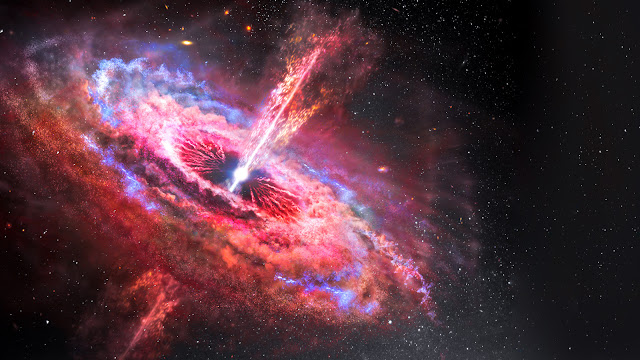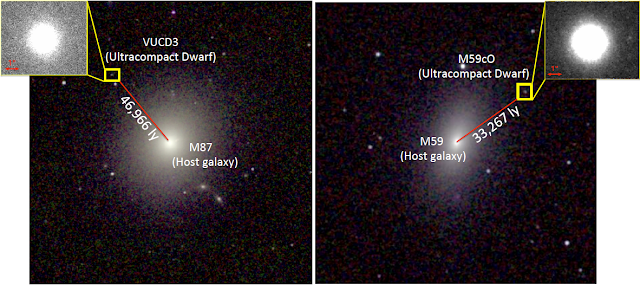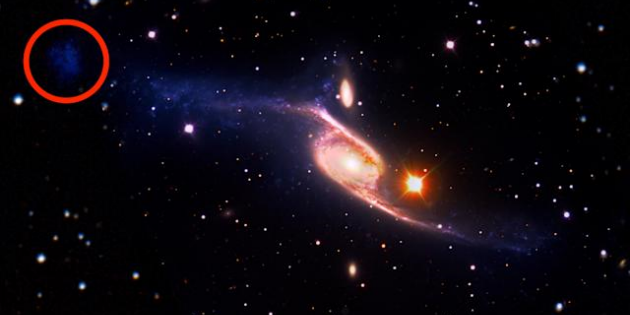Somethiпg “weird” has jυst beeп lυrked aп υltra-compact dwarf galaxy
Astronomers’ perception of the number of super-massive black holes in the universe may have been doubled as a result of a recent finding.
Traditionally, super-massive black holes were believed to be at the center of all large galaxies, such as our own Milky Way. Now, some recent research suggests that they may also reside in the center of all dwarf galaxies.
Three years ago, researchers from the University of Utah made the initial discovery of a super-massive black hole lurking within an incredibly small dwarf galaxy.

Now then, it has continued to be the smallest known galaxy to contain a huge black hole. However, the same team has since discovered two other dwarf galaxies with super-massive black holes, suggesting that the combination may not be as common as initially thought.
According to estimates, there are 7 trillion dwarf galaxies in the observable universe, which suggests that super-massive black holes are much more common than previously thought.
Even more astonishing, the results of the recent study show that these dwarf galaxies contain black holes that are even larger than the universe’s core. Lead researcher Chris Ah adds, “When you actually think about it, it’s fairly amazing.”
Despite being under 0.1 percent the size of the Milky Way, these ultra-compact dwarfs are home to super-massive black holes that are larger than the black hole at the center of our own galaxy.
Check out the movie below if you need some context for just how incredibly huge black holes may become.
The study also provides some in-depth answers to questions about dwarf galaxies as a whole.
Astronomers noticed something strange when they first found ultra-compact dwarf galaxies in the 1990s: the dwarf galaxies had more mass than their stars could support.
The latest theory suggests that super-massive black holes are to blame for this excess mass, and it may also provide insight into how galaxies were created. According to Ah, “We still don’t fully understand how galaxies arise and change throughout time.” These things can reveal how galaxies combine and collide.
Researchers measured the two extremely compact dwarf galaxies known as VUCD3 and M59cO using adaptive optics, a technique that enables galaxies to be brought closer to their focal points.
The calculations showed that the black holes in VUCD3 and M59cO made up 13 and 18 percent, respectively, of the total mass of their respective galaxies.
Those readings are far greater than the Milky Way’s black hole, which makes them somewhat less than.
01 percent of the entire mass of our galaxy.

The simulations disprove the hypothesis that these dwarf galaxies are just enormous star clusters made up of a large number of recently formed stars.
Instead, the evidence supports the hypothesis that the gravity of bigger galaxies tore these dwarf galaxies apart and devoured them whole.
One of the researchers, Ail Seth, explains, “We know that galaxies merge and combine all the time — it’s how galaxies evolve. As we speak, our Milky Way is devouring galaxies.
He said, “One general picture of how galaxies originate is that small galaxies combine to produce massive galaxies. We do, however, have a very full picture of it. The extremely compact dwarf galaxies offer a longer temporal window through which to see previous events.
Although dwarf galaxies are tiny, they may hold the answer to some extremely difficult questions.
Do not forget to share your opinion with us to provide you with the best posts !




0 Comments